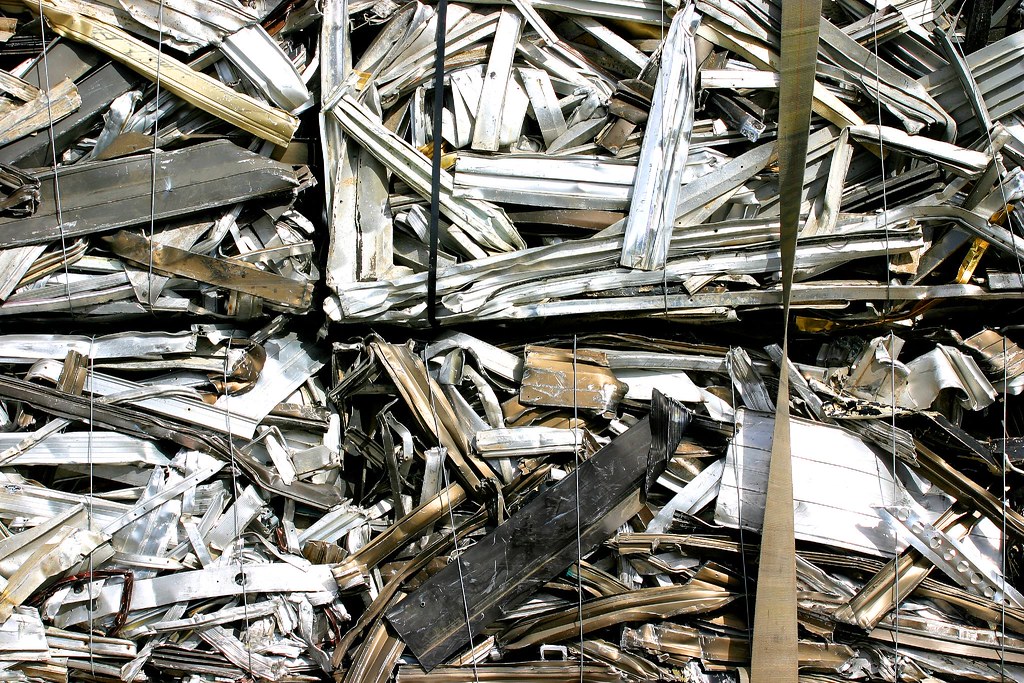Increase customs duty on aluminium scrap to 10 pc: AAI
The industry expects an increase in tariff rate of basic customs duty or peak custom duty rate from existing 10 per cent to 15 per cent.The primary aluminium industry is facing a severe threat from the increasing import of aluminium scrap.

- Country:
- India
The Aluminium Association of India (AAI) on Tuesday said India's consumption of scrap is almost fully import-dependent and has sought an increase of customs duty on aluminum scrap to 10 percent, despite having a significant presence of primary aluminum capacity and potential to generate sufficient domestic scrap.
Currently, custom duty on primary aluminum is 7.5 percent, downstream aluminum is 7.5-10 percent and aluminum scrap is only 2.5 percent.
''This is the reason why despite having significant presence of primary aluminum capacity and potential to generate sufficient domestic scrap, India's consumption of scrap is 100 percent import-dependent.
''The way forward is to increase customs duty on aluminum scrap from 2.5 percent to 10 percent,'' the AAI said in a statement.
The basic customs duty on aluminum and aluminum scrap is not in line with other non-ferrous metals like zinc, lead, nickel, and tin, which is a huge disadvantage for domestic aluminum producers. The industry expects an increase in tariff rate of basic customs duty or peak custom duty rate from existing 10 percent to 15 percent.
The primary aluminum industry is facing a severe threat from the increasing import of aluminum scrap. The share of scrap in total imports increased from 52 percent in FY16 to 66 percent in FY21, resulting in a foreign exchange (forex) outgo of USD 2 billion (Rs 15,000 crore), it said.
As the Indian economy pushes forward to grow at nine percent and above over the next few years, a key challenge for the country will be to re-balance its energy needs in favour of renewable sources by 2030 to 50 percent as per the Paris Agreement.
This is here that the aluminum sector will play a greater role than ever before.
Extensive growth in electric vehicles, renewables, modern infrastructure, energy-efficient consumer goods, and greater dependence on strategic sectors such as aerospace and defence, will drive aluminum consumption to grow at a compound annual growth rate (CAGR) of 10 percent or more.
For example, aluminum usage in EV batteries is 40-50 percent more than a normal internal combustion engine (ICE). Being three times lighter than steel, it aids in fuel efficiency making it an efficient choice for EVs.
However, the Indian aluminum industry is struggling to revive itself over the last two years following the COVID-19 pandemic.
To give relief to the sector, there is a need to urgently look at the duty structure.
(This story has not been edited by Devdiscourse staff and is auto-generated from a syndicated feed.)
- READ MORE ON:
- The Aluminium Association of India
- FY16
- Indian
- India
- Paris Agreement
- forex
ALSO READ
Indian stock markets shut for Eid celebrations
Indian students in Israel thank embassy for timely assistance, helping hand to fly home after Hamas attacks
Indian secularism is intertwined in DNA of country's culture, it will not disappear so easily: Cong's Shashi Tharoor.
Billie Jean King Cup 2024: Indian women's tennis team beat Chinese Taipei 2-1
Payal Kapadia's 'All We Imagine As Light' is 1st Indian film in Cannes official selection in 40 yrs










